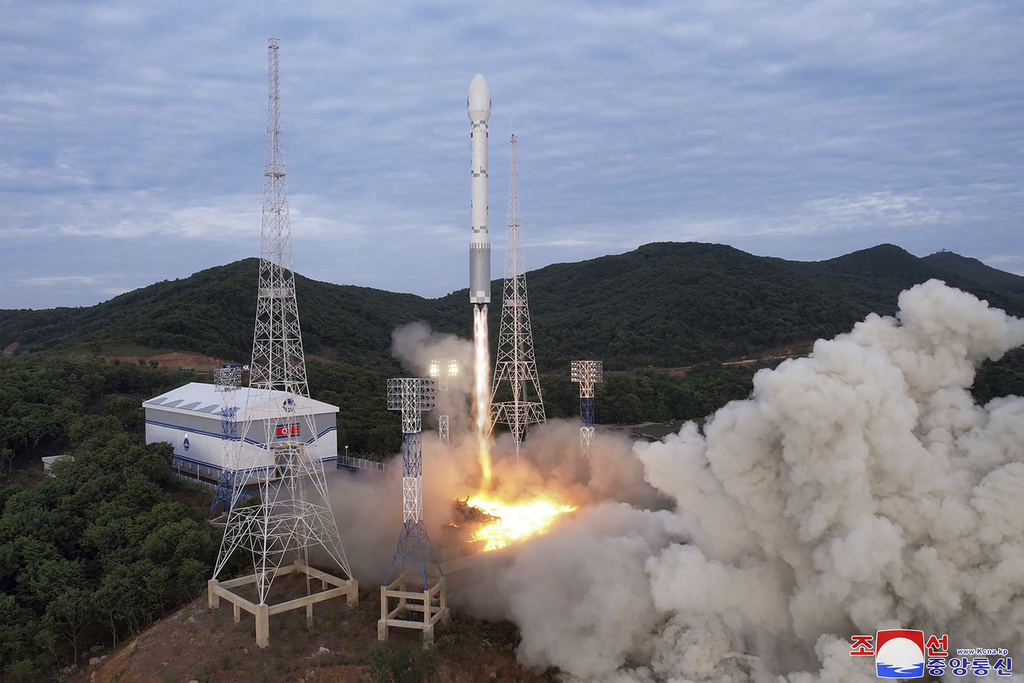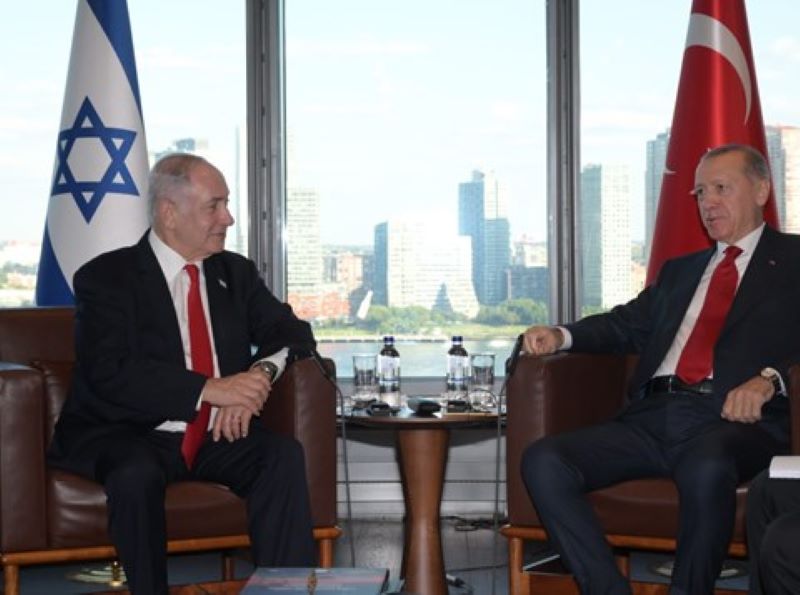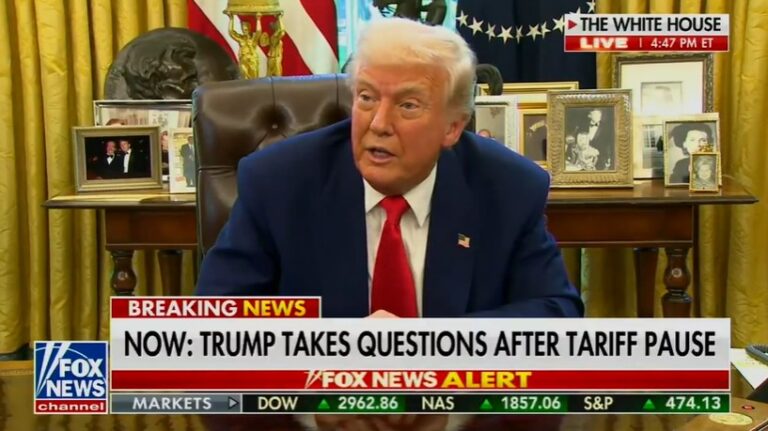North Korea claimed Wednesday to have successfully placed a spy satellite into orbit with its third launch attempt this year, demonstrating the nation’s determination to build a space-based surveillance system during protracted tensions with the United States.
The North’s claim could not immediately independently be confirmed. Observers doubt whether the satellite is advanced enough to perform military reconnaissance. But the launch still invited strong condemnation from the United States and its partners because the U.N. bans North Korea from conducting satellite launches, calling them covers for tests of missile technology.
The North’s space agency said that its new “Chollima-1” carrier rocket accurately placed the Malligyong-1 satellite into orbit on Tuesday night, about 12 minutes after liftoff from the country’s main launch center.
The National Aerospace Technology Administration called the launch a legitimate right of North Korea to bolster its self-defense capabilities. It said the spy satellite would help improve the North’s war preparedness in the face of “the enemies’ dangerous military moves.”
The agency said leader Kim Jong Un oversaw the launch at the scene and congratulated scientists and others involved. It said North Korea will launch several more spy satellites to better monitor South Korea and other areas.
U.S. National Security Council spokesperson Adrienne Watson said Washington strongly condemned North Korea for the launch, saying it “raises tensions and risks destabilizing the security situation in the region and beyond.” She said the launch involved technologies that are directly related to North Korea’s intercontinental ballistic missile program.
South Korea said the launch would push it to suspend a 2018 inter-Korean tension-reduction agreement and resume frontline aerial surveillance of North Korea. Japanese Prime Minister Fumio Kishida called the launch “a serious threat that affects the safety of the people” and said Japan lodged a protest with North Korea condemning the launch in strongest terms.
According to South Korean and Japanese assessments, the rocket carrying the satellite flew from the Korean Peninsula’s west coast and over the Japanese island of Okinawa toward the Pacific Ocean. The Japanese government briefly issued a J-Alert missile warning for Okinawa, urging residents to take shelter.
A spy satellite is among the key military assets coveted by Kim, who wants to modernize his weapons systems to cope with what he calls escalating U.S.-led threats. North Korea’s attempted launches earlier this year ended in failure due to technical issues.
North Korea had vowed a third launch would take place in October. South Korean officials have said the delay until now occurred likely because North Korea was receiving Russian technological assistance for its spy satellite launch program.
North Korea and Russia, both U.S. adversaries that are increasingly isolated globally, have been pushing hard to expand their relationships in recent months. In September, Kim traveled to Russia’s Far East to meet President Vladimir Putin and visit key military sites, touching off intense speculation of a weapons deal.
The alleged deal involves North Korea supplying conventional arms to refill Russia’s ammunition stock drained in its war with Ukraine. In return, foreign governments and experts say that North Korea seeks Russian help in enhancing its nuclear and other military programs.
During Kim’s Russia visit, Putin told state media that his country would help North Korea build satellites, saying Kim “shows keen interest in rocket technology.”
Russia and North Korea dismissed the allegation of their arms transfer deal as groundless. Such a deal would violate U.N. bans on any weapons trading involving North Korea.
Leif-Eric Easley, a professor at Ewha University in Seoul, said Tuesday’s launch raises more questions than answers, such as whether the North Korean satellite actually performs reconnaissance functions and whether Russia provided technical and even material assistance.
“What is already clear is that this is not a one-off event but part of a North Korean strategy of prioritizing military capabilities over economic development, threatening rather than reconciling with South Korea, and further aligning with Russia and China instead of pursuing diplomacy with the United States,” Easley said.
Since last year, North Korea conducted about 100 ballistic missile tests in a bid to establish a reliable arsenal of nuclear weapons targeting the U.S. and its allies. Many foreign experts say North Korea has some last remaining technologies to master to acquire functioning nuclear missiles.
But the experts say that possessing a rocket that can place a satellite into orbit would mean North Korea can build a missile capable of carrying a warhead with a similar size of the satellite.
In written responses to questions from The Associated Press last week, South Korean President Yoon Suk Yeol said the North’s successful launch of a reconnaissance satellite “would signify that North Korea’s ICBM capabilities have been taken to a higher level.”
Yoon, currently on a state visit to the U.K., convened an emergency security council meeting during which officials decided to push for suspension of the 2018 deal. South Korean Defense Minister Shin Wonsik ordered the military to brace for a possibility that North Korea might use the deal’s suspension as a pretext to launch provocations.
Japan’s coast guard said earlier Tuesday that North Korea had told Tokyo that it would launch a satellite sometime between Wednesday and Nov. 30. Japan’s chief cabinet secretary, Hirokazu Matsuno, criticized North Korea for conducting the launch before its window started.
North Korea is under 11 rounds of U.N. sanctions over its past nuclear and missile tests. But it’s unlikely for the North to be hit with fresh sanctions over Tuesday’s launch. Russia and China have already stymied any U.N. Security Council response over the North’s recent series of launch activities.
In June, Kim’s sister and senior ruling party official, Kim Yo Jong, called the Security Council “a political appendage” of the United States. She slammed the council for allegedly being “discriminative and rude,” saying it only takes issue with the North’s satellite launches while thousands of satellites launched by other countries are already operating.
The North’s two previous satellite launches in May and August involved the same rocket and satellite used in Tuesday’s launch.
In the first attempt, the North Korean rocket carrying the satellite crashed into the ocean soon after liftoff. North Korean authorities said the rocket lost thrust after the separation of its first and second stages. After the second attempt, North Korea said there was an error in the emergency blasting system during the third-stage flight.
South Korea retrieved debris from the first launch and called the satellite too crude to perform military reconnaissance.
Some civilian experts said North Korea’s Malligyong-1 satellite is likely capable of only detecting big targets like warships or planes. But by operating several such satellites, North Korea could still observe South Korea at all times, they said.
Kim is eager to introduce other sophisticated weapons such as more mobile ICBMs, nuclear-powered submarines and multi-warhead missiles. Observers say Kim would ultimately want to use an enlarged weapons arsenal to wrest greater U.S. concessions like sanctions relief when diplomacy resumes.
In response, the U.S. and South Korea have been expanding their regular military exercises and increasing the temporary deployments of powerful U.S. military assets in South Korea. On Tuesday, the USS Carl Vinson aircraft carrier and its battle group arrived at a South Korean port in a fresh demonstration of strength against North Korea.
(AP)











